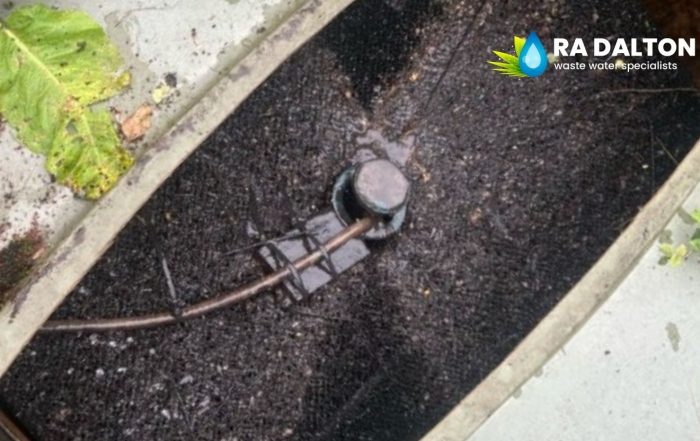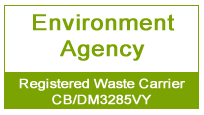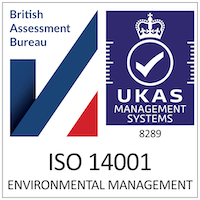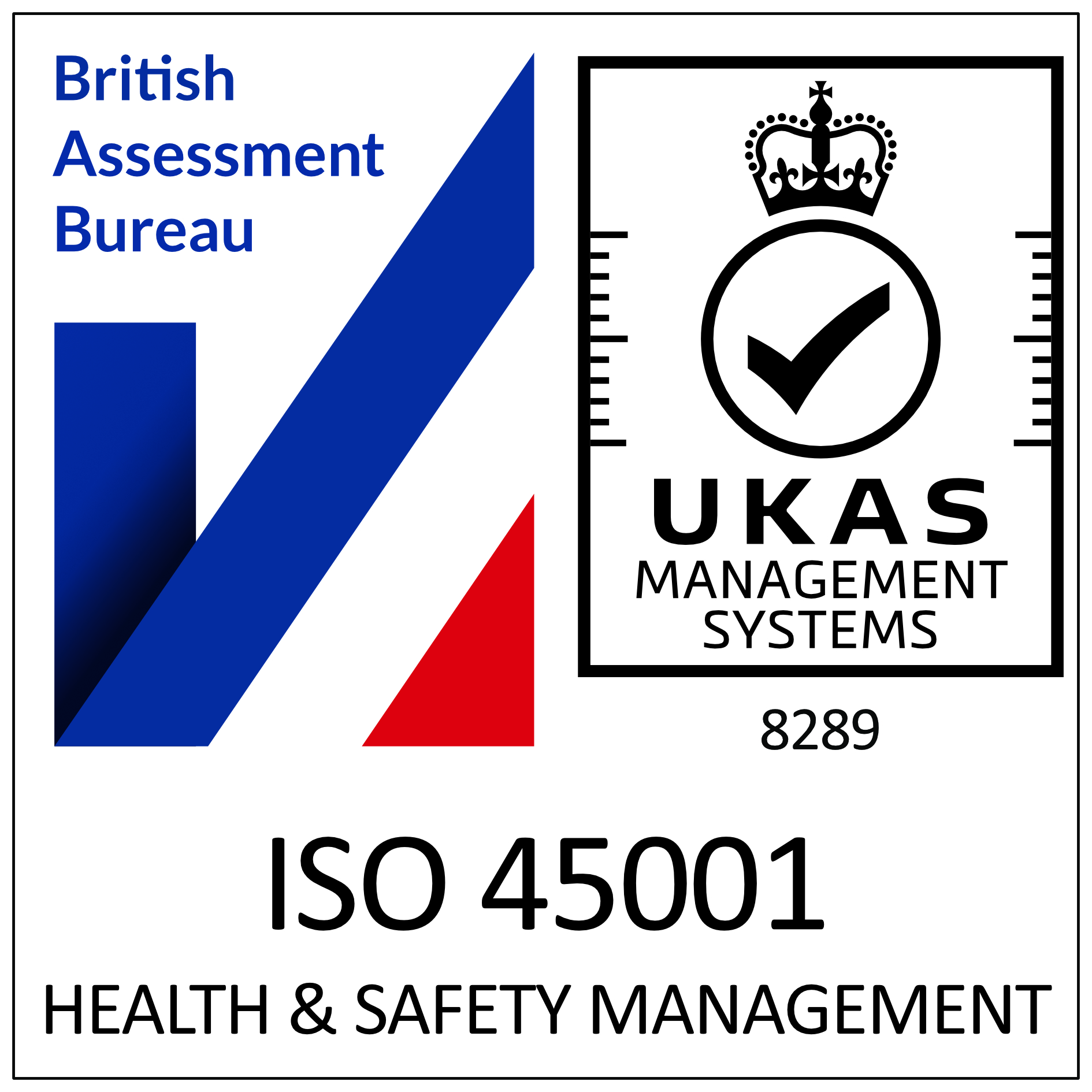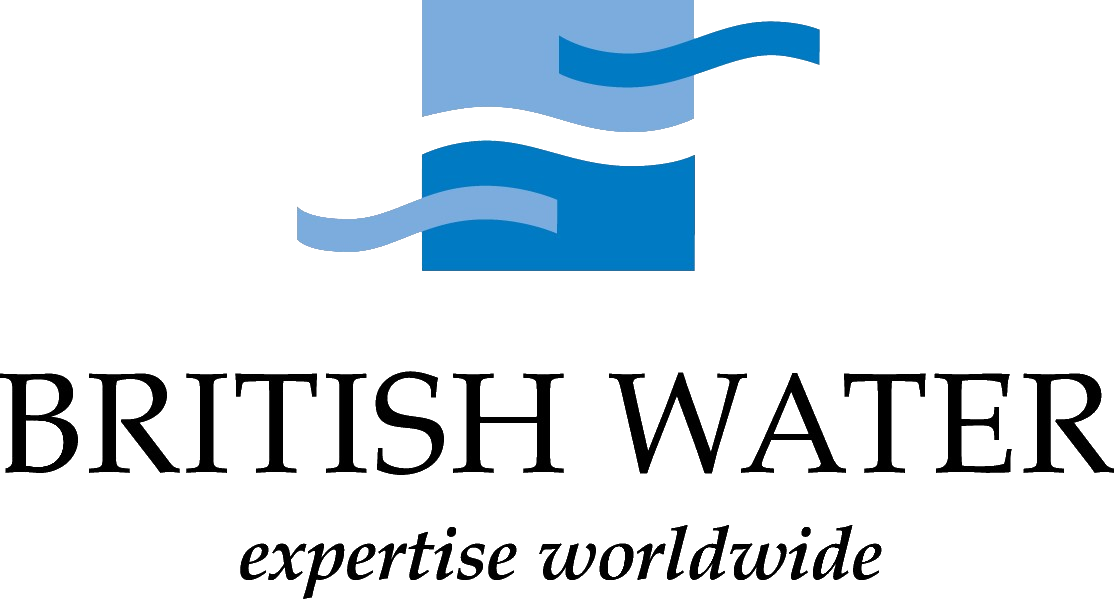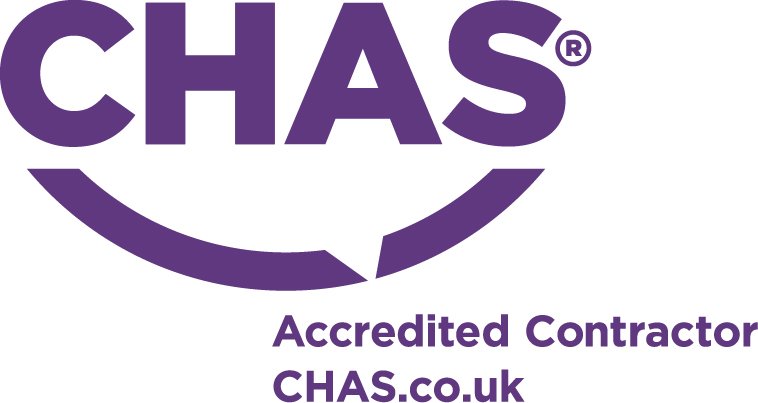Latest sewage & wastewater news
RA Dalton Ltd are the Klargester number one accredited installer covering the whole of the UK.
Nutrient Neutrality – A planning nightmare or ecological savior?
What does this mean?
In certain areas across England, if you have made a planning application within the last couple of years you may have been asked to justify your application as being ‘Nutrient Neutral’. Whilst this does not affect all the country at the moment, the catchment areas have expanded considerably with a potential for more being added at a later date.
Earlier this year, Natural England brought more locations into the category and thus more and more developers are encountering this obstacle. These rules have come into effect to try and combat against pollution entering watercourses (rivers, streams etc) within protected areas.
The Environmental disaster – Phosphorus and Nitrate pollutants.
As the issue of housing shortage becomes more prevalent across the nation, more pressure is applied to ensure that the surrounding environment is not at the detriment of new developments. Sites within sensitive areas are now facing a two-edged sword; pressure to build more houses/ expand sites and trying to remain completely ‘Nutrient Neutral’.
A few of the contributing factors for watercourse pollution are:
- Agricultural/ Landscaping works (including animal waste, slurry, and fertilisers).
- Surface water contamination.
- Waste from Septic tanks/ Sewage treatment plants, where untreated/ partially treated effluent is entering the watercourse either directly or indirectly.
These pollutants can create a thriving environment for algae to overrun and cause a difficult climate for other wildlife and plant life to survive in. This is understandably a huge issue that has been highlighted by Natural England following multiple tests on the water catchment areas.
What happens now?
When an application is issued to a local planning authority which falls within one of these designated areas you may have to undergo a Habitat Assessment Survey which will further determine the possible implications and whether action to mitigate the risks of the development are required.
Unfortunately, until approval to go ahead has been received no further action can be taken with planning, this can cause lengthy delays and many ‘Back and forth’ correspondence finding the happy medium.
If you must prove ‘Nutrient Neutrality’ this is where the challenge begins…
Within the guidance for achieving this it advises that you need to prove that efforts have been made to remove all nutrient pollution or be as near as possible within minimal impact.
The impact on Wastewater connections to a watercourse.
For certain applications, particularly in cases of renovation projects the justification is a much simpler and straight forward process. The first port of call is to look at the existing set up in place and compare the effects against the new proposal.
For example, if your property is served by a failing septic tank discharging to a watercourse but propose to replace the unit with a package sewage treatment plant it will be a no brainer! Where the effluent from a septic tank is untreated with multiple contaminants, the sewage treatment plant has a designed effluent quality that has been certified and tested to comply with the 2020 General Binding rules to allow a discharge to the watercourse (BS-EN12566-3).
The complication arises more when a site is a completely new development or is looking to expand, this often means that there will be some additional pollutants that are part and parcel of the application, the key is to ensure these are reduced to a minimal level.
Sewage treatment plant manufacturer’s answer.
As these new rules pose more issues in an already complex process, we are not without answers. Several plant manufacturers have brought out new ranges/ aimed to improve existing systems to enable a more effective method of treatment.
One example of this is Klargester has recently brought out an upgrade on their old BioTec range of sewage treatment plants, the new BTA BioTec sewage treatment plant has now superseded the older ranges. The effluent from this new range has vastly improved the previous output:
| Test Criteria | Older Model BioTec | New BTA BioTec |
|---|---|---|
| Biochemical Oxygen Demand (BOD) | 89.5% | 96.2% |
| Suspended Solids (SS) | 90.0% | 97.0% |
| NH4N (Ammonia) | 65.9% | 82.5% |
These levels vastly improve the chances of approval being granted as the mitigation of these pollutants is a lot higher than the older systems. Other systems on the market, in particular the Klargester BioDisc (one of the best systems you can buy) already offers a fantastic level of efficiency:
| Test Criteria | Domestic BioDisc with Chemical dosing | Domestic BioDisc without Chemical dosing |
|---|---|---|
| Biochemical Oxygen Demand (BOD) | 98.0% | 95.7% |
| Suspended Solids (SS) | 95.6% | 94.8% |
| NH4N (Ammonia) | 92.1% | 88.6% |
Another manufacturer that has made active steps towards achieving the desired levels is Clenviro who have recently brought out a range of sewage treatment plants designed to conform to the strict outlines set out by regulating authorities. The new Clenviro Matrix – Topas Plus package sewage treatment has jaw-dropping levels of efficiency:
| Test Criteria | Efficiency |
|---|---|
| Biochemical Oxygen Demand (BOD) | 99% |
| Suspended Solids (SS) | 97% |
| NH4N (Ammonia) | 98% |
However, each different site has a different requirement and there may be instances in which each of the above may not be suitable, therefore we always recommend that you have your new sewage treatment plant expertly sized and selected to suit your individual needs.







